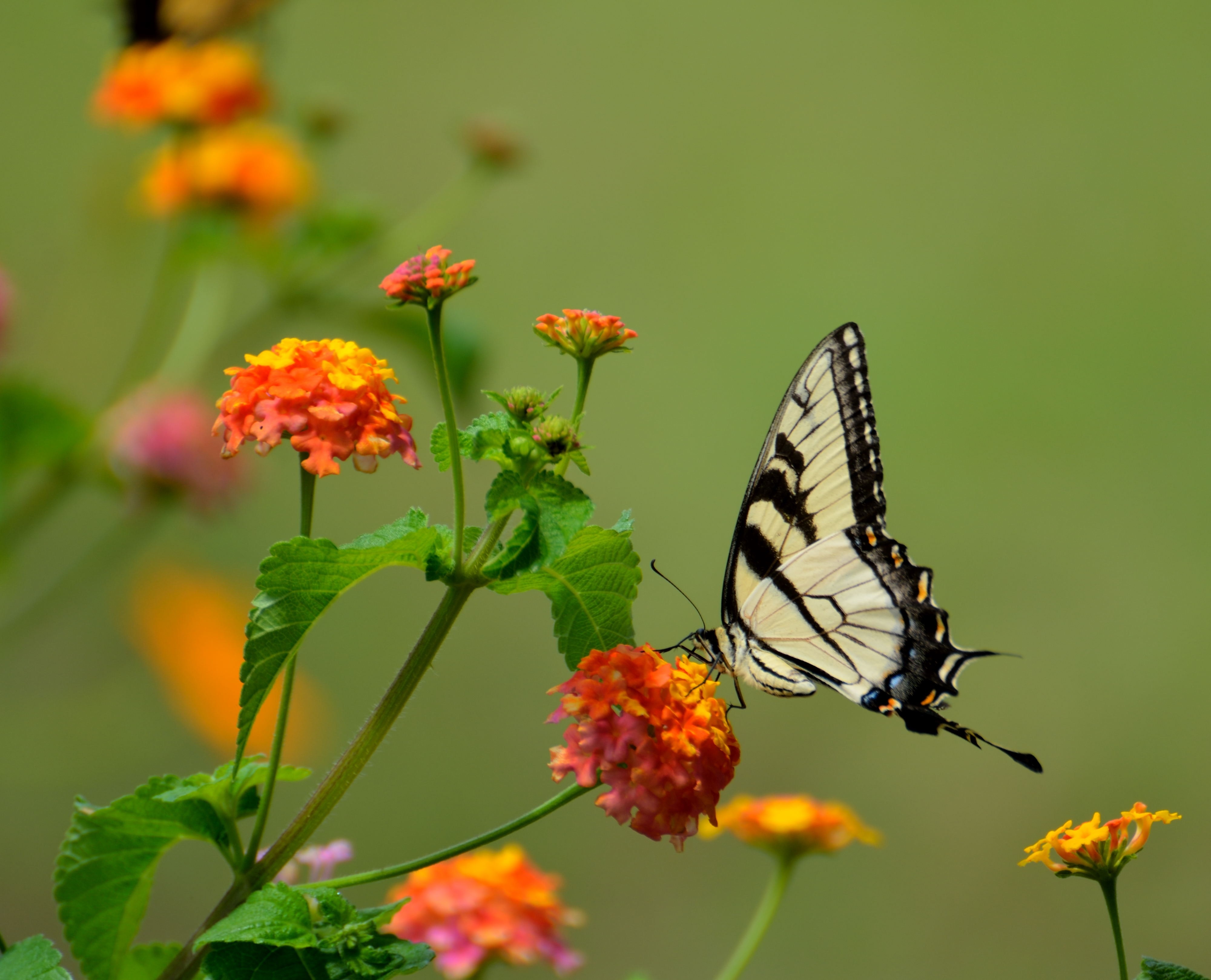Physical, mental, and emotional self-care is more important than ever during stressful times. Self-care makes us more resilient, better able to handle stress. Being chronically stressed out impairs your health because when your body is in a constant state of physical arousal the ability to recharge and repair itself is diminished.
But a lot a people do not bother with self-care because they think of it as something that takes time, like going to a yoga class, zooming with friends, or getting a massage. Not everyone has time for these activities, working from home with the kids there, essential workers putting in extra hours, or starting time intensive home projects that have been put off for years, have all put many people in a position of having even less time than ever. This article is about brief self-care activities, taking three to twenty minutes, tops.
There are three self-care needs that are often neglected, relaxing, recharging, and getting grounded.
Relaxation
Often people just collapse at the end of the day because they have not taken little breaks throughout the day to reduce the stress of constant going and doing. However, relaxing a few minutes several times a day makes all the difference. Health benefits to practicing relaxation techniques include lowering blood pressure, slowing heart rate, improving digestion, maintaining normal blood sugar levels, reducing cortisol and adrenaline (the stress hormones), increasing blood flow to major muscle groups, reducing chronic pain, improving concentration, improving mood, improving sleep quality, lowering fatigue, reducing irritability, and boosting confidence. Below are instructions to do quick and easy relaxation techniques.
Progressive muscle relaxation:
Progressive relaxation is a mind-body technique that relieves body tension by focusing on relaxing specific muscle sets. A relaxed body cannot feel anxious. A tense body can make it difficult to sleep.
Relaxation script:
Notice the muscles in your feet and ankles.
Focus on the muscles and tell them to relax, relax, relax. Visualize all the energy draining out, and the muscles going from being contracted and tight to being elongated and limp. Tell the muscles to relax, relax, relax. Now imagine your feet and ankles are heavy, heavier than the heaviest metal, sinking into the floor like an anchor. They are so heavy that you cannot move them. But still so relaxed, relax, relax, relax. Immovable, yet relaxed. Relax, relax, relax. Now imagine that your feet and ankles are lighter than air, floating above the surface like a balloon, stress free and relaxed. Relax, relax, relax. The muscles have no energy and are relaxed. Your feet and ankles are floating.
Repeat the above paragraph for the muscles in your calves, shins, and knees. Then your thighs, buttocks, and pelvic area. Then your torso, chest, and back. Then your arms and shoulders. Then your neck and muscles in your face and surrounding your skull.
If you choose to make a recording of yourself to listen to while you do the relaxation exercise, read the script slowly , with accentuated pauses and a calm voice, adding “relax, relax, relax” with pauses in between.
Visualizations:
Visualizing is an effective way to relax because your brain does not know the difference between an imaginary relaxing experience and a real one. Your brain reacts biochemically the same to each. The best visualizations include the five senses. Below is an example of a visualization to relax.
The Beach:
Imagine yourself on a beach. What do you see? What color is the sand? The water? The sky? Are there any birds? Trees? Go into detail about what you see in your mind’s eye as much as possible.
What do you hear? What do the waves sound like? Can you hear birds? People or boats in the distance? The wind? Seals?
What do you smell? What does the water smell like? The air? The sand? Can you smell suntan lotion? The smell of your skin warmed by the sun? The smell of marine life such as fish, or seaweed? Is there a fresh, outdoors smell?
What do you feel? The sun on your skin? The wind? Warm or cool? Wet, humid, or damp? The sand beneath your feet? Your feet in the water? Relaxed?
What do you taste? Saltwater? Picnic snacks? Your drink?
The more detail you go into, the more you convince your brain you are at the beach, enjoying a vacation, however short.
Gratitude exercise:
Having a grateful attitude is strongly correlated with optimism, an improved sense of well-being, decreased blood pressure, and especially better-quality sleep. People often practice gratitude exercises right before they go to sleep because it relaxes the body. There are different ways to do this. Here are three examples.
As you lie in bed:
- List different things you are grateful for. Reflect on why you are grateful for them.
- Pick one thing you are grateful for and go into deep detail of every aspect of it. Notice how your body feels when you are grateful.
- Do a breathing exercise. Breathe in gratitude with every breath. Breathe out negativity.
Take a warm bath:
The warm water aids in muscle relaxation, as well as improving heart health, reducing inflammation, improving blood sugar control, improving your immune system functioning, and lowering your blood pressure. In addition, blood flow to your skin increases, giving you a calm yet invigorated feeling. The warm water also signals your skin to release serotonin, the body’s feel-good hormone.
For an added benefit, put in Epsom salts. They come in a variety of scents and are usually labeled for their purpose, e.g. relaxation.
Aroma therapy:
Aroma therapy works by activating smell receptors inside your nose which transmit a message through your nervous system to your brain. When your brain perceives the calming smell, of lavender or vanilla, for example, it responds to the message of peaceful surroundings by causing cortisol levels (the stress hormone) to reduce and serotonin levels (the feel-good hormone) to increase.
Studies using lavender aroma therapy have shown reduced crying in infants and improved sleep in both infants and adults. Other studies show reduction in both anxiety and depression. Diffusers are a great way to use aroma therapy, as are scented candles.
Recharging
Even with good sleep the night before, many people experience an afternoon slump in energy. One reason for this post-lunch dip is a lower core body temperature that triggers the release of melatonin, the sleep hormone. Below are several ways to counteract a daytime drop in energy.
Exercise:
- Aerobic: Any exercise that causes you to breath harder is aerobic for you. Exercises such as taking a quick walk around the block, dancing, or doing jumping jacks in place are aerobic. It is not necessary to go to the gym to recharge with aerobic exercise.
Aerobic exercise makes the heart more efficient at moving oxygenated blood where it is needed, including to the brain. So, if you are sedentary for a long time, for example by sitting in front of your computer working, take a quick aerobic break. Get the blood flowing to recharge your brain with a flood of oxygen dense blood.
- Stretching: Stretching is an ideal way to exercise that also increases your blood flow and enhances your circulation, enabling you to think more clearly and feel energized with a minimal energy investment. In addition, stretching causes your body to release the endorphin dopamine, which is experienced as pleasure. An added benefit is that stretching promotes parasympathetic nervous system activity, leaving you with a calm, efficient energy allowing you to focus on the task at hand.
Do something fun:
The human brain does not have much tolerance for boredom. When it gets bored it starts to slightly dissociate making it difficult to concentrate and may even make you feel sleepy. On the other hand, having fun increases memory function and creativity. That is why schoolteachers try to make their lessons fun. Adult brains work the same way. So, taking a break from a tedious task to do something fun can reorient you enough to return to the task with a fresh perspective and vigor.
Eat an apple:
This will give you a steady supply of glucose to your brain and muscles for about an hour.
Heart-brain coherence:
Inner ease technique (HeartMath.com): This is a visualization that stimulates the powerful electromagnetic field around your heart elevating the bonding hormone, oxytocin, and reducing cortisol, the stress hormone, by more than 20%. It also increases DHEA, a hormone that makes you feel vital and confident.
- Place the palm of your hand over your heart and let it rest there. Focus on your breathing. Notice the air flow in and out, in and out.
- Visualize breathing through your heart, inhaling through your heart, exhaling through your heart. Imagine doing this for a minute. You may notice your breathing getting deeper and more rhythmic.
- Now, picture on the inhale that you are inhaling, ease, peace, calm or whatever you need right now. The exhale is just an exhale, but the inhale is ease, peace, or calm. Recall a time with as much detail as possible when you felt ease, peace, or calm.
- Take a minute to notice how differently you feel than before the exercise.
Power nap:
When you start to slow down or feel sluggish a brief, 15 to 20-minute, power nap can boost your alertness and improve motor performance according to sleep.org. Not only will you feel less sleepy, your cognitive performance in the areas of creativity and memory will improve.
There are many effective apps available to help you fall asleep, for example, Calm, Sleep Cycle, and Power Nap with Andrew. You could use your phone alarm to wake up if your app does not have that function.
Grounding
When people tire from overwork or stress, they often subconsciously, mentally retreat from their surroundings and go into their thought life, rehashing things from the past or compulsively rehearsing imagined future scenarios, thus leading to emotional overload. Being present, in the here and now, allows one to focus energy on the immediate surroundings and not divert energy to distracting and draining thought about the past or future. The benefits of practicing grounding techniques are improved sleep and pain management, a stronger immune system, and reduced inflammation. Below are some examples of grounding techniques which will refocus your attention to the present.
Breathing Exercises:
Affectionate breathing: (adapted from Germer, Neff, Gilbert, and Chodron Ray)
- Notice your body position and make any adjustments necessary to feel grounded and relaxed. Have both feet on the floor. Take three slow, easy breaths. Let your eyes close, or partially close, whichever feels comfortable. If you wish, put your hand over your heart, or wherever is comforting, to remind yourself that you are bringing not only attention, but kind attention to your experience and to yourself.
- Now find your breath, wherever you feel it most easily. Maybe at the tip of your nose, your chest, your belly? Notice the simple natural sensation of breathing. Your mind will naturally wander away. So just gently, kindly return to the sensation of breathing.
- Let your body breath you. Notice how your breath nourishes your body, even when you are not paying attention. There is nothing you need to do. Feel your whole body moving with the breath, like a baby being soothed and caressed.
- Now, let go and take a moment to feel the stillness of your body. Notice the space around you, and when you are ready, slowly open your eyes.
Short mindfulness meditations:
A favorite way to do this is to go outside and focus on nature. Notice what you see, the textures, color hues, shade and lighting, and contrasts. Really take it in. Then, close your eyes and try to replicate the image in your memory. With your eyes closed, hear what you hear. You may notice that, like an onion, hearing perception comes in layers. You notice the louder sounds initially, then more background noises. Then, notice what you feel, warm or cool, wind, sun, the pressure of your seat on the chair and your feet on the ground, relaxed. Then notice what you smell, fresh air, flowers, trees, soil in varying degrees of decomposition, your dog. Then notice what you taste. This is the most difficult because we often take for granted the tastes in our mouth unless we have just taken a drink or eaten something.
Body awareness:
Notice, without judgement, where you are holding tension in your body. Have the attitude of a curious observer, without deciding whether the body experience of tension should be there or not. Do not reject, excuse, or welcome, only notice. This tension might be from frustration, fear, disgust, etc. Do not go into the story of why the tension is there, only notice what you are presently experiencing in your body. Notice only the somatic details using descriptive words such as tight, heavy, aching, or throbbing, without focusing on “why”.
By only noticing the felt sense of tension without judging it, you allow emotions to pass without analyzing the source of tension and recycling the stressors by forming judgments. Pay attention and feed only what you are presently experiencing.
Trade technology for a hug:
Though you have probably heard it before, it is still worthwhile to mention here how the brain is impacted by the constant barrage of stimulus created by technology. Before we spent so much time looking at screens, we spent more time socializing, looking at other people, face to face. Making eye contact activates the social brain, expanding our capacity to empathize, thus creating emotional connection. Humans are social animals with an innate and fundamental need to belong leading to a deeper sense of security. So, step away from the computer and take time to connect with your loved ones. Give them a hug. Skin to skin contact activates nerve endings in the skin producing serotonin and oxytocin, the “love hormones”.
Do something artistic:
Art requires focusing in the present. It requires using one or more of your five senses, it does not matter what kind of art., visual, culinary, music, writing, or dance. It is about noticing the nuances, and adjusting, adjusting, adjusting, until it feels right.
You may have noticed that using the senses is a repeated theme in both relaxation and grounding. That is because the more you zoom in on sensory details, the more you are present in the moment. The more you are present in the moment, the calmer and more aware you are. For example, in visual arts you create a rough draft, then repeatedly look at it from every angle, add touches, back away, and add more touches, each time noticing more and more visually minute details in the process. An ability to be present is necessary to not overlook something that just does not quite fit. If you only have five or ten minutes at a time to work on it, each time you come with a fresh perspective, and each time you become grounded through your senses.




